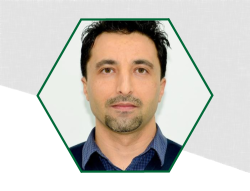The rapid growth of electric vehicle industry requires reliable high-speed and high-quality manufacturing processes. One of the important components of the electric vehicles is the motor which incorporates a large quantity of welds to join wires. These wires are insulated with a variety of polymers to prevent shorts in the motor. Insulation removal and stripping are essential to achieve welds with acceptable electrical and mechanical properties. However, conventional mechanical stripping of insulated hairpin wires is inadequate for high-speed mass production due to the slow process speed, poor surface quality, long-term tool wear, and production line interruptions. The use of a CO2 laser for stripping the polymer followed by laser welding as an alternative can address speed limitations of conventional mechanical methods. However, single-step CO2 laser stripping is known to leave a thin polymeric residue on the copper surface that may result in welding defects such as excessive porosity formation, brittleness, and excessive spatter and therefore not acceptable. Herein, a two-step stripping and cleaning process using CO2 and UV lasers is introduced that enables effective insulator removal to achieve low-defect low-spatter welds. Analytical techniques are utilized to assess the surface quality and correlate that with weld quality. Results will be presented.
Keywords
- Ablation
- Cleaning
- Hairpin
- Stator Motor

